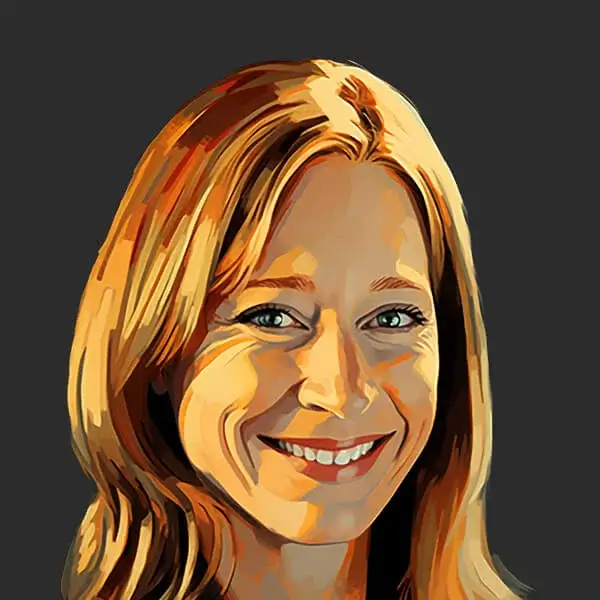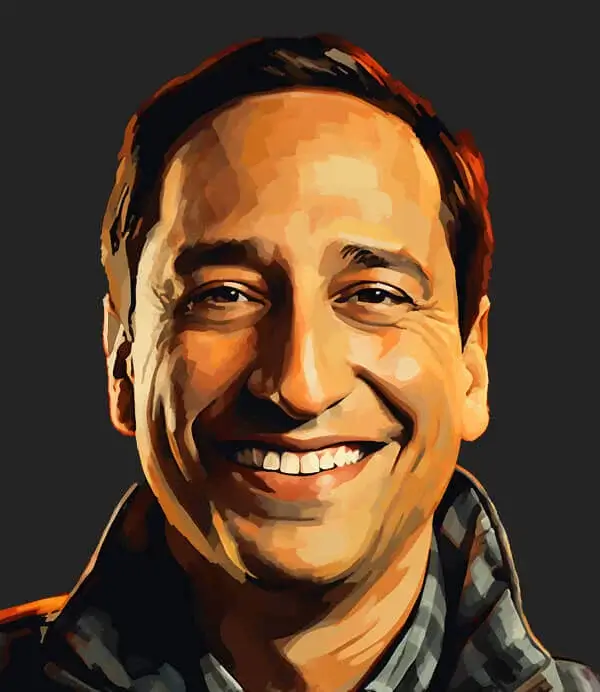Well, Jahan Mantin and Boyuan Gao are here to help. The two are founders of Project Inkblot, a consulting firm that specifically partners with tech companies to aid in creating more equitable products, services, and content. In their work, they use Designing for Diversity (D4D), a codified methodology that helps illuminate blind spots around cultural and racial biases in design, ideation, and creative processes. The pair stopped by the Design Better Podcast for a chat about the framework, its importance, and how designers can start implementing it into their workflows.
Find a starting point
Designing for diversity is not amorphous. There is a starting point, or a “low-hanging fruit”-type task or project that gets the initiative started. (For example, “starting a DEI committee.”) It will not solve the problem entirely, but it will at least introduce improvements. Ultimately, Jahan says, it should be an easy win: This will allow yourself to recognize that you have agency over equity and inclusion initiatives. This will help momentum build and help shift the focus from a nebulous goal to a more defined journey compiled with small wins.
“For things to shift, people need to believe that they can solve it,” Jahan says.
Now, also recognize that the path forward won’t be as focused as this first win. Just because designing for diversity is possible, that doesn’t mean it’s easy. Conversations will not be “conflict-free,” but remember that you can work through conflicts.
“Have the courage to discover and forge a path forward within all of these contradictions and complexities,” Jahan says.
Externalize the conversation
When starting sometimes uncomfortable DEI conversations, Jahan recommends level setting with this framework: To design is to be human. Everything that has been created has been designed, either consciously or unconsciously, and therefore can be redesigned.
“The stereotypical version of a tech company is, ‘I want to create this thing. It’s going to be the best humanity has ever seen. Let’s do it,” Boyuan says.
However, many times, that ‘thing’ has an impact apart from your intent. For example, Jahan brought up Kodak’s Shirley card from the 1950s. Used to calibrate light in photography, it used a white woman’s skin as the default. All other skin tones, then, needed additional correction. The externalities of this decision compounded over the years, and set the default for almost all film technology. Jahan doesn’t think the origins of the Shirley card was malicious, but says that this anecdote is a clear example of how unconscious bias can have greater externalities than one could ever imagine.
Define your defaults
Speaking of defaults, Jahan and Boyuan’s work centers around the idea of “cultural defaults,” or the unexamined biases, like the idea of white as default, that can limit the impact of a particular product and can even create harmful externalities. They believe that everyone has their own cultural defaults—but that some are more harmful than others. What assumptions are you bringing to the table? What are you able to speak to? What aren’t you? Knowing and naming your biases can make clear what is not being represented in a conversation or product and can provide next steps on what voices should be consulted.
“To create equitable anything, we have to have [diverse] perspectives and design decisions present,” Boyuan says. “It’s not because it’s the nice thing to do or the right thing to do. It’s hard. It doesn’t always feel nice. But it’s really about how to create the greatest X possible”
Think about who isn’t present
After the murders of Philando Castile and Alton Sterling, Jahan and Boyuan created a video series that highlighted black male civilians and black male police officers having one-on-one conversations with their experiences within law enforcement: All but one involved on the team of 30 were people of color, and half were black men. It wasn’t until the team was well along on their tour that someone pointed out that no formerly-incarcerated voices were represented.
“We felt humiliated and a little bit ashamed,” Jahan said. “How could we have missed that?”
They assumed that they were experts on the subject, and didn’t follow their own framework and define exactly who was in the room and what experiences and defaults they accounted for: Their focus on race kept them from seeing that most of the team were from similar educational backgrounds.
“If we had been taking our own advice and using our framework, there’s no way we would have missed excluding that perspective,” Jahan says. “It’s not that we would have to include everybody. We just would have gotten to choose.”
Think about the future
While you may not be able to tell what will happen, keeping the potential future possibilities top of mind can help open your mind up to thinking differently. “Ask yourself: What’s the worst case scenario and who does it affect?” Boyuan says. “It may change your entire thinking around why you’re building something or what approach you will take.”
Asking this question may be the key to alleviating issues that pop up once a product has shipped or any other snafus.
Create a feedback loop
One major problem in current DEI conversations is that it’s usually a one-time event, Jahan says. Teams will hold a focus group in the very beginning of a project but forget to circle back to participants. Or they will wait until the end and do a retrospective about something that went awry.
But Boyuan and Jahan believe that designing for diversity isn’t an event to add into the design process: It’s a continuous relationship with the community you’re trying to reach where you allow them to lead and make decisions. Think of it as if they’re designing alongside you.
In the example of the law enforcement series, Boyuan and Jahan ended up doubling back and partnering with an organization run by formerly incarcerated people developing leadership skills. They reached out to ask what else they needed to know or what else they were missing. Although the film was already completed, this allowed them to supplement where possible and, ultimately, better inform themselves for the next project they worked on.


